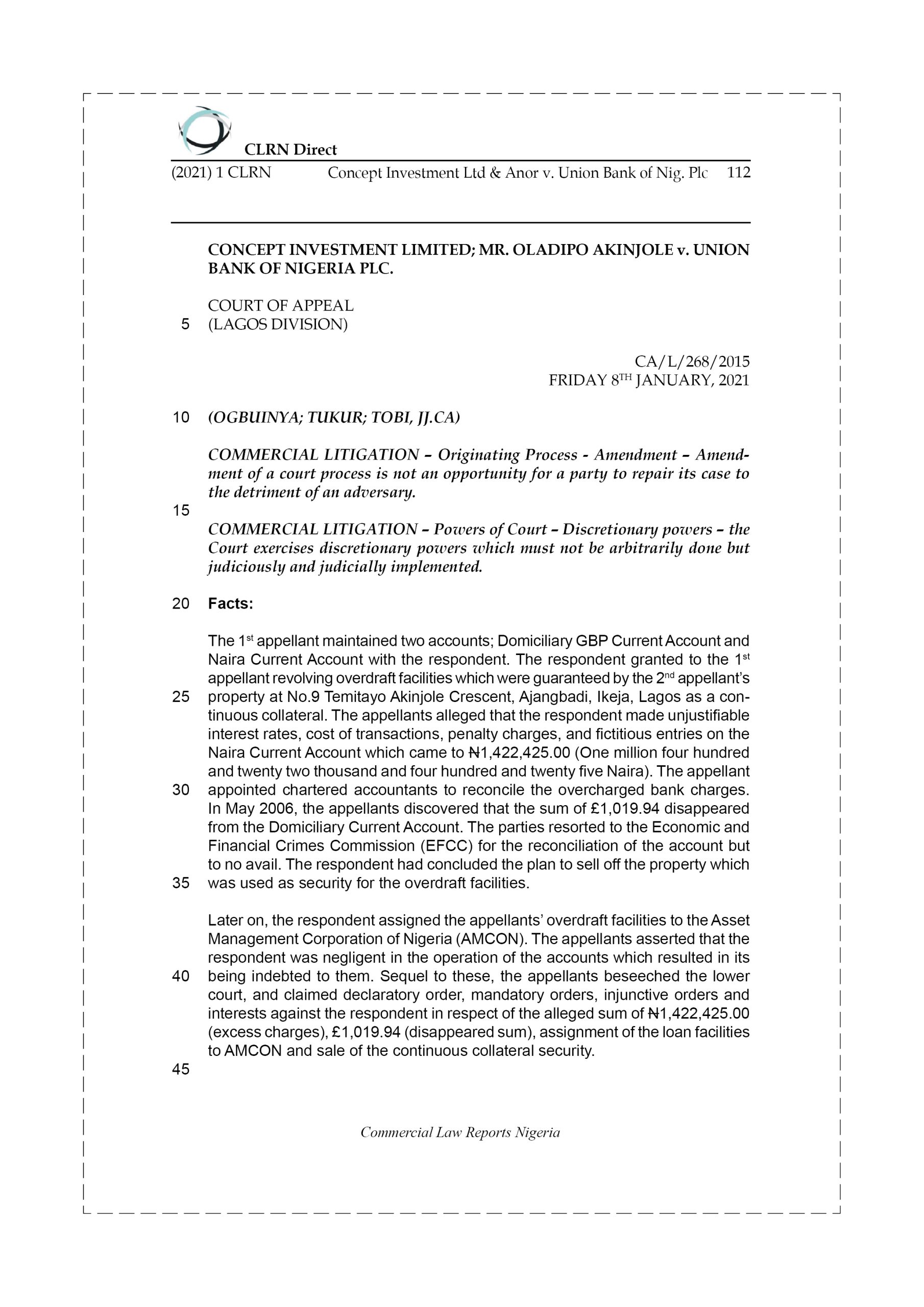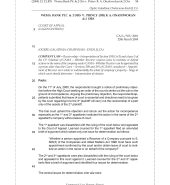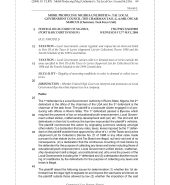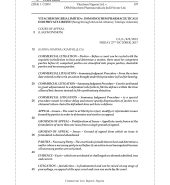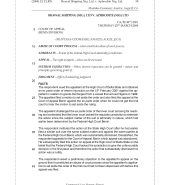-

MEKWUNYE v. EMIRATES AIRLINES
- kg
1 × ₦300
CONCEPT INVESTMENT LTD & ANOR v. UNION BANK OF NIG. PLC
₦300
In Stock
Facts:
The 1st appellant maintained two accounts; Domiciliary GBP Current Account and Naira Current Account with the respondent. The respondent granted to the 1st appellant revolving overdraft facilities which were guaranteed by the 2nd appellant’s property at No.9 Temitayo Akinjole Crescent, Ajangbadi, Ikeja, Lagos as a continuous collateral. The appellants alleged that the respondent made unjustifiable interest rates, cost of transactions, penalty charges, and fictitious entries on the Naira Current Account which came to N1,422,425.00 (One million four hundred and twenty two thousand and four hundred and twenty five Naira). The appellant appointed chartered accountants to reconcile the overcharged bank charges. In May 2006, the appellants discovered that the sum of £1,019.94 disappeared from the Domiciliary Current Account. The parties resorted to the Economic and Financial Crimes Commission (EFCC) for the reconciliation of the account but to no avail. The respondent had concluded the plan to sell off the property which was used as security for the overdraft facilities.
Later on, the respondent assigned the appellants’ overdraft facilities to the Asset Management Corporation of Nigeria (AMCON). The appellants asserted that the respondent was negligent in the operation of the accounts which resulted in its being indebted to them. Sequel to these, the appellants beseeched the lower court, and claimed declaratory order, mandatory orders, injunctive orders and interests against the respondent in respect of the alleged sum of N1,422,425.00 (excess charges), £1,019.94 (disappeared sum), assignment of the loan facilities to AMCON and sale of the continuous collateral security.
In reaction, the respondent joined issue with the appellants and denied liability by filing a statement of defence. On 2nd May, 2014, the appellants filed an application for an amendment of their originating ‘processes and to call additional witnesses and file additional witness statement on oath. The respondent filed a counter-affidavit and a written address. The application was heard, refused, and struck out by the lower court.
Dissatisfied, the appellant appealed to the Court of Appeal.
